The sun rises over the dry deciduous forest of Gir, casting long shadows through the acacia trees. Somewhere in this tangled landscape, a low, rumbling growl echoes through the morning mist. This is the domain of Panthera leo persica – the Asiatic lion, a creature that has fought its way back from the precipice of extinction against impossible odds. Once roaming from Greece to Bangladesh, these tawny predators now cling to survival in this single sanctuary of western India, their entire world reduced to 1,400 square kilometers of protected woodland.
Unlike their African cousins, Asiatic lions carry an air of regal solitude. Males sport shorter, darker manes that barely cover their ears, giving them a perpetually alert expression. Their social structures differ too – prides are smaller, with males often hunting alongside females rather than relying solely on their partners' kills. These subtle distinctions speak to 100,000 years of separate evolution since their ancestors crossed the Sinai Peninsula into Asia. Today, every surviving Asiatic lion carries genetic memories of empires that once kept them as royal mascots and British colonials who hunted them for sport.
The Gir Forest itself behaves as a character in this survival story. Teak trees twist upward like cathedral pillars while flame-of-the-forest flowers explode in orange bursts during summer months. Five rivers cut through the reserve, creating vital watering holes where lions must negotiate space with leopards, sloth bears, and the ever-watchful mugger crocodiles. Maldhari herders still graze their livestock within park boundaries, maintaining an ancient coexistence that sometimes turns deadly when cattle become lion prey. This delicate balance of human and animal needs defines conservation efforts here more than any textbook wildlife management scenario.
By 1900, uncontrolled hunting and habitat loss had reduced Asiatic lion numbers to about twenty surviving individuals. The Nawab of Junagadh's controversial hunting ban – enforced with public executions of poachers – marked the turning point. Current populations hover near 700, a success story with troubling asterisks. All these lions descend from that tiny gene pool, making them vulnerable to diseases that could wipe out the entire subspecies. When canine distemper killed 34 lions in 2018, conservationists held their breath for months until the outbreak subsided.
Radio collars tell revealing stories about lion behavior in this crowded ecosystem. Young males get pushed to the forest edges, sometimes venturing into villages where they sleep on school playgrounds or roadside culverts. Females establish territories near water sources, their movements tracing invisible boundaries respected by rival prides. Researchers track these patterns not just with technology but through traditional knowledge – local trackers can identify individual lions by paw prints and vocalizations, skills passed down through generations.
Tourism presents both salvation and threat. Safari jeeps bring vital revenue, with visitors paying premium prices hoping to glimpse lions draped over rocky outcrops called "chows." But habituation to humans creates risks; some lions now associate vehicles with food due to illegal feeding. The forest department employs innovative deterrents, including assigning problem animals to the "lion show" – a controlled display where naturalists demonstrate hunting behaviors using tethered buffalo calves, satisfying tourist curiosity while keeping wild lions wary of humans.
Plans to establish a second population at Kuno Wildlife Sanctuary sparked political battles lasting decades. While scientists argued geographic separation would insure against epidemics, Gujarat officials resisted losing their flagship species. The Supreme Court eventually ordered relocation in 2013, but bureaucratic inertia and last-minute appeals have stalled progress. Meanwhile, Kuno's prepared habitat sits empty, its specially bred antelope herds growing fat without predators.
Maldhari herders embody the human dimension of this conservation puzzle. Their buffalo herds provide 25% of lion diets, creating complex interdependencies. Compensation programs reimburse livestock losses, but payments often arrive late. Some herders now participate in lion monitoring, their traditional hostility giving way to cautious pride in sharing the land with these majestic cats. Women in nearby villages have formed cooperatives selling handicrafts featuring lion motifs, turning cultural fear into economic benefit.
As night falls over Gir, the forest chorus changes tone. Langur monkeys sound alarm calls where lions begin their patrols. A collared male named "Raju" by researchers crosses a dirt road, pausing to scent-mark a tree before melting into the underbrush. His radio signal fades toward the park's core area, where cubs too young for collars wait in hidden dens. This rhythm has continued unbroken for over a century – a fragile thread of survival stretching between the days when lions roamed continents and an uncertain future where their fate hinges on human choices.
The Asiatic lion's story rejects simple narratives. It's not just about saving a species, but preserving ecological relationships forged over millennia. As climate change alters rainfall patterns and India's economic boom creeps toward Gir's boundaries, conservationists face uncomfortable questions. How much human coexistence is sustainable? Can a subspecies with such limited genetic diversity truly survive long-term? For now, the lions endure – their amber eyes watching from thorn thickets, living symbols of resilience in an ever-shrinking wild.

By /Jun 12, 2025

By /Jun 12, 2025
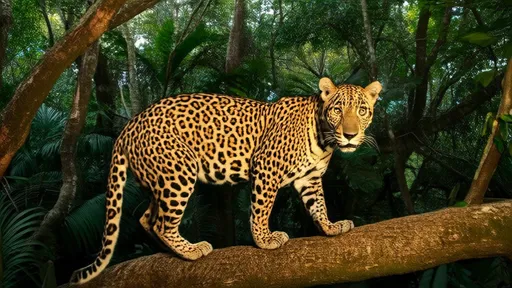
By /Jun 11, 2025
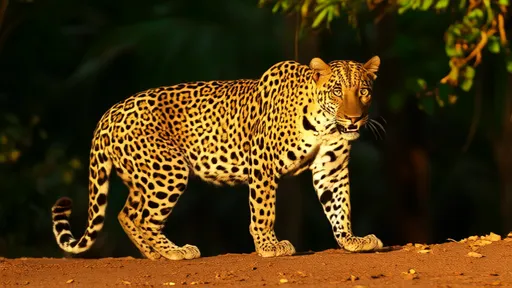
By /Jun 11, 2025
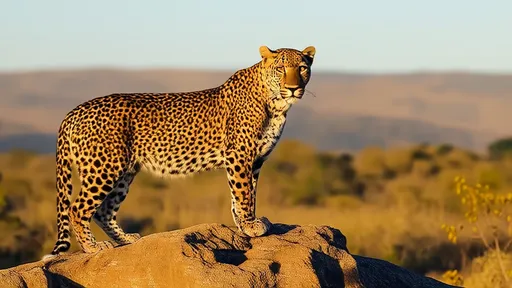
By /Jun 11, 2025
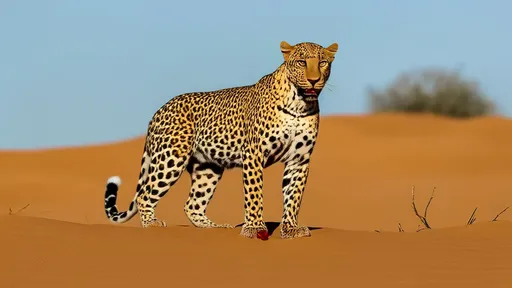
By /Jun 11, 2025
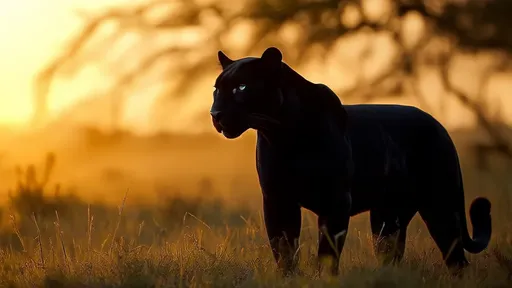
By /Jun 11, 2025
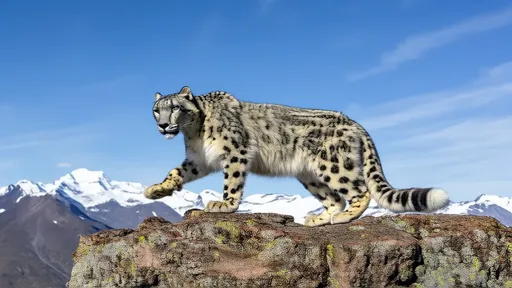
By /Jun 11, 2025
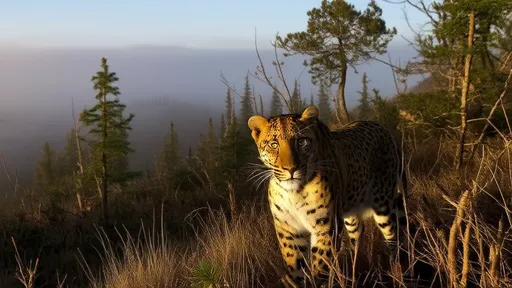
By /Jun 11, 2025
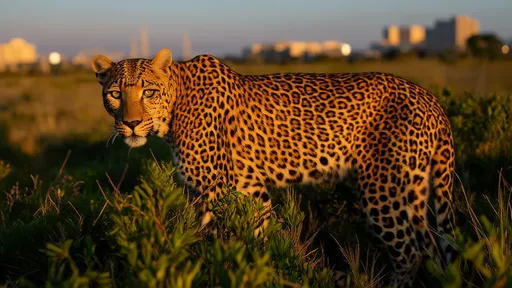
By /Jun 11, 2025
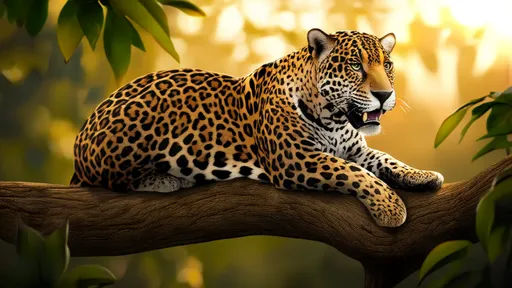
By /Jun 11, 2025
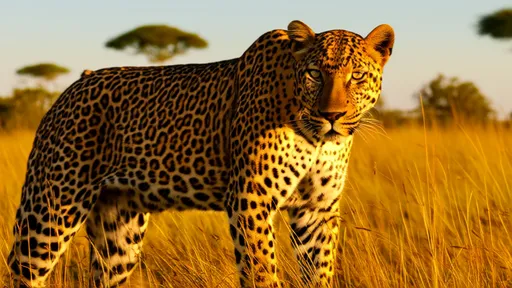
By /Jun 11, 2025
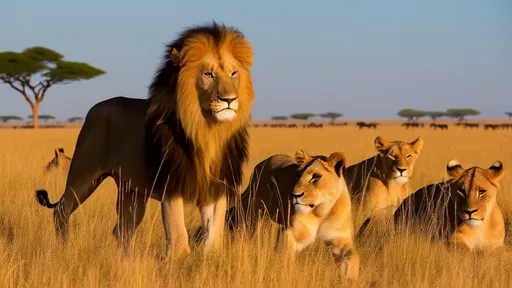
By /Jun 11, 2025
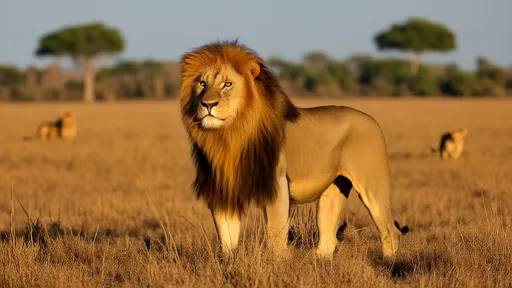
By /Jun 11, 2025
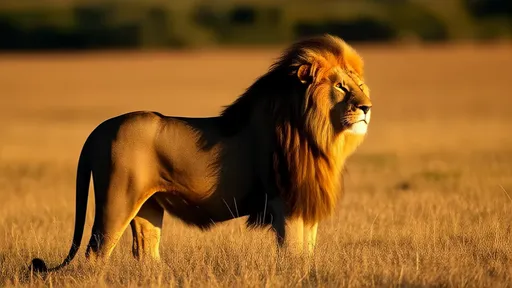
By /Jun 11, 2025
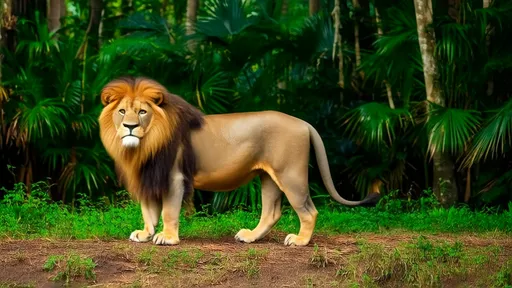
By /Jun 11, 2025
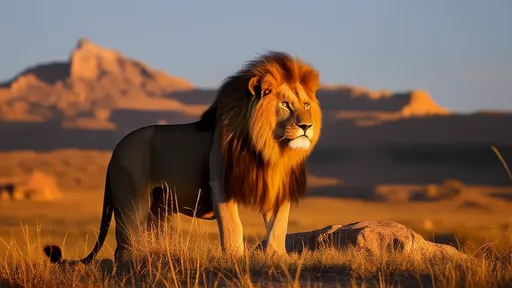
By /Jun 11, 2025

By /Jun 11, 2025
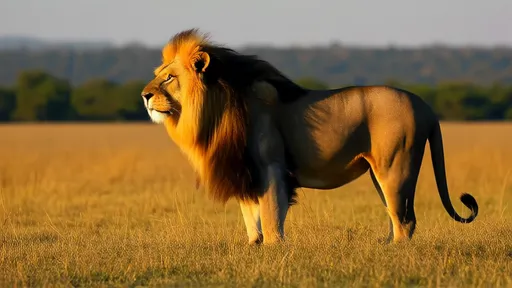
By /Jun 11, 2025
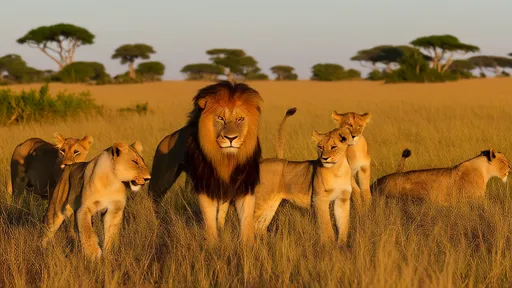
By /Jun 11, 2025